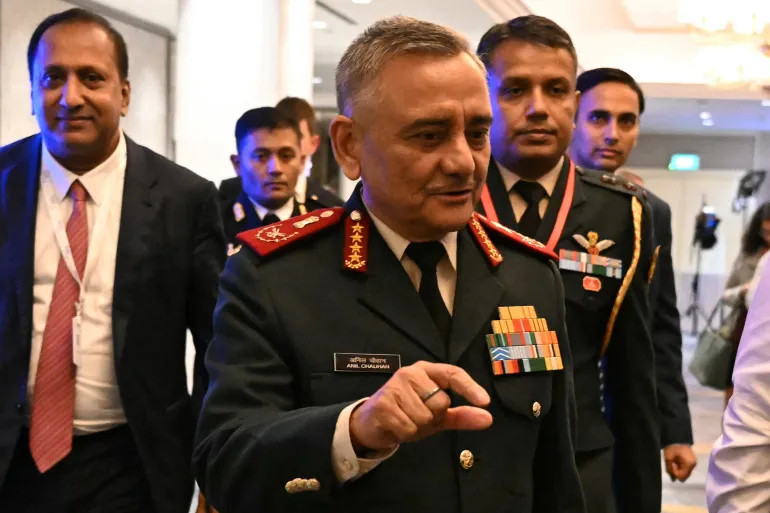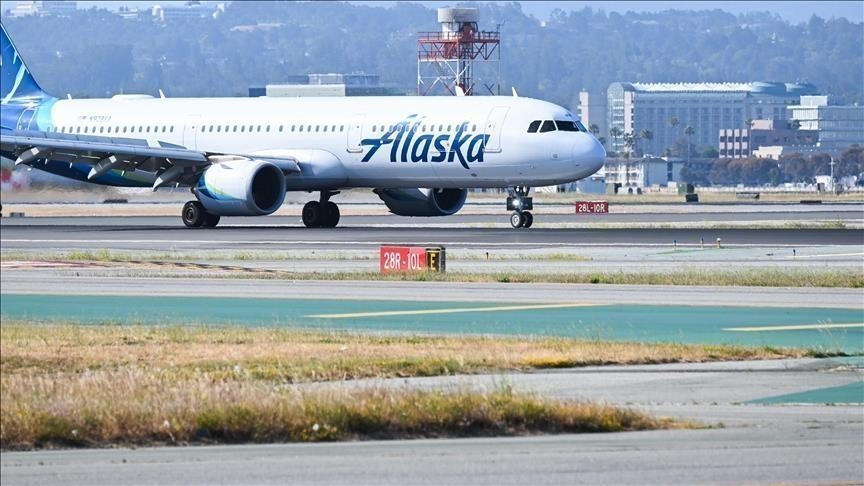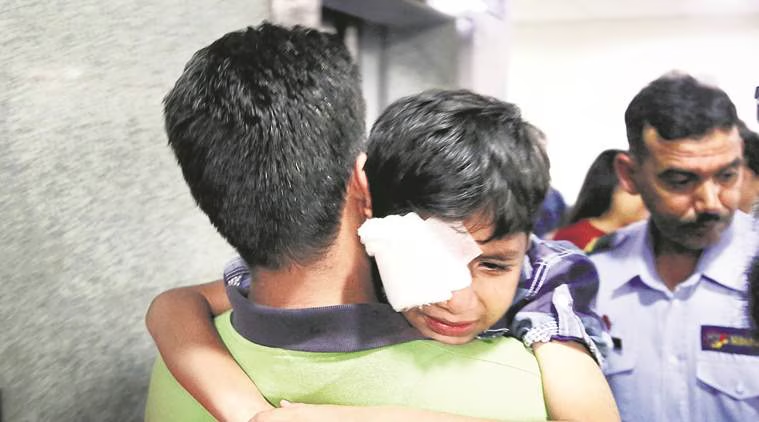Now Reading: Indian Air Force General Admits Jet Losses in Clash with Pakistan: Here’s What Was Revealed
-
01
Indian Air Force General Admits Jet Losses in Clash with Pakistan: Here’s What Was Revealed
Indian Air Force General Admits Jet Losses in Clash with Pakistan: Here’s What Was Revealed

In a rare public acknowledgment, a senior Indian Air Force (IAF) official has admitted that India lost aircraft during the 2019 aerial conflict with Pakistan. The statement, made during a recent defence event, sheds new light on the high-stakes dogfight that followed the Pulwama attack and adds a layer of transparency to a moment that had remained partly classified for years.
A Candid Admission from the Top
Speaking at a closed-door defence gathering, the IAF officer acknowledged that India’s loss of a MiG-21 fighter jet during the February 2019 confrontation was part of the “harsh realities” of modern aerial warfare. This was the same incident in which Wing Commander Abhinandan Varthaman was captured and later returned by Pakistan.
The officer also hinted that another aircraft might have been damaged during the operation, though did not provide further technical details.
What Sparked the Clash?
The confrontation between India and Pakistan in February 2019 followed a deadly suicide bombing in Pulwama, Jammu & Kashmir, where over 40 Indian paramilitary personnel were killed. In response, India conducted airstrikes in Balakot, reportedly targeting terror infrastructure.
Pakistan retaliated with aerial attacks, triggering one of the most serious dogfights between the two nuclear-armed nations in recent history. It was during this exchange that both sides claimed to have shot down enemy aircraft.
Why This Matters Now
The IAF’s openness is significant for several reasons. Firstly, it adds credibility to India’s evolving approach to defence communication—moving away from total secrecy to a more balanced form of accountability.
Secondly, for defence analysts and citizens alike, especially in Tier 2 cities such as Jodhpur, Bhopal, and Lucknow—home to several military installations—this information enhances public understanding of the risks and outcomes of cross-border military actions.
Lessons for the Future
The General emphasized that lessons from the incident have been integrated into IAF training modules and strategic planning. He noted the importance of technology upgrades and better coordination between the armed forces, adding that newer-generation aircraft and improved radar systems have since been deployed to frontline bases.
This is seen as a step towards modernizing India’s air defence, particularly in high-tension zones across the northern borders.
A Step Towards Transparency
While the conflict had already been analyzed and debated widely in both countries, the Indian Air Force’s recent disclosure marks a shift in how military incidents are addressed publicly. In a democracy, such openness—while limited—is seen as crucial for informed debate and accountability.
As India continues to strengthen its defence posture, especially in volatile regions, this admission serves not as a sign of weakness, but as a signal of maturity and institutional responsibility.

























